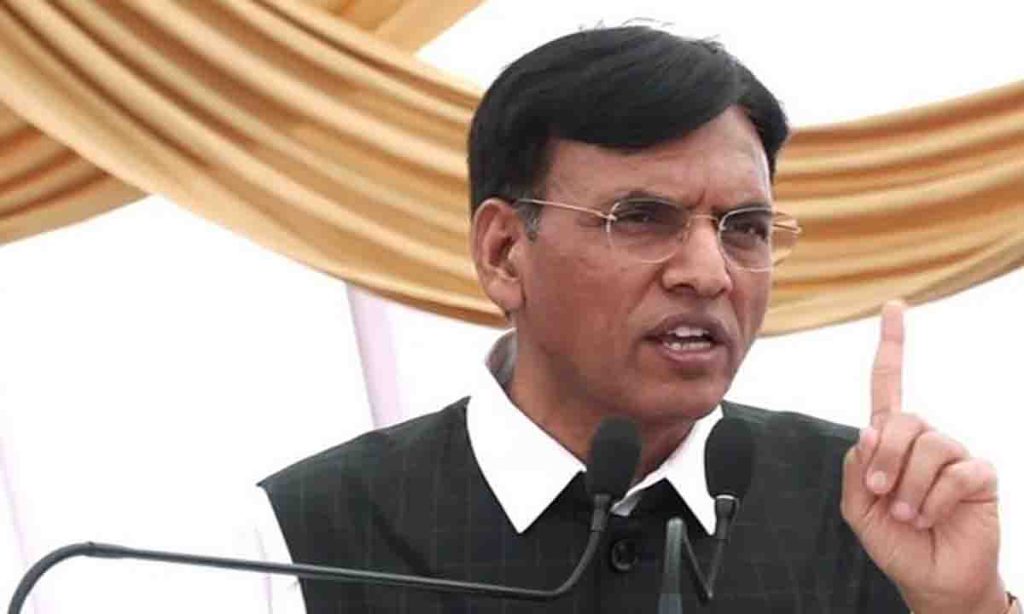Mansukh Mandaviya said- India played an important role in making millet the choice of the common man.

New Delhi: The Codex Alimentarius Commission (CAC), an international food safety and quality standard-setting body created by the UN’s WHO and FAO with 188 member countries, has praised India’s standards on millets and its potential for global development. The proposal has been accepted. The Standard for Millets during its 46th session held in Rome, Italy.
India has prepared a comprehensive group standard for 15 types of millets specifying 8 quality parameters, which was strongly appreciated in the international meeting. The Codex currently has standards for sorghum and millet.
India put forward a proposal for development of global standards for millets, particularly in the form of group standards in the case of pulses for finger millet, barnyard millet, kodo millet, proso millet and little millet. The resolution was unanimously endorsed at the session at the FAO headquarters in Rome, attended by representatives of 161 member states, including the European Union (EU).
Dr. Mansukh Mandaviya, Union Minister of Health and Family Welfare, congratulated the Indian delegation on this important occasion, which coincides with the observance of 2023 as the International Year of Millets.
He said that India has played an important role in making millet the choice of the common man. India’s proposal will set the benchmark in highlighting millets and its benefits across the world.
The Indian delegation led by G Kamala Vardhan Rao, CEO, FSSAI, had proposed international group standards for millets, considering not only that 2023 has been declared the “International Year of Millets” but also the growing demand for these products. International trade is also reflected.
With the CAC endorsing the proposal, work on submission of project documents and development of draft standards will now be initiated by India. Group standards created by FSSAI for 15 types of millets, which specify 8 quality parameters, i.e. moisture content, uric acid content, extraneous matter, other edible grains, defects, weevilled grains and immature and shriveled grains. Maximum limit, will work. As an important basis for the development of global standards. The existing Codex standards for sorghum and millets will also be reviewed while formulating the group standards for millets.
The current session marks the 60th anniversary of the Codex Alimentarius Commission, of which India has been a member since 1964. India has so far chaired 12 EWGs and co-chaired 28 EWGs related to various Codex standards/texts and guidelines.
Important standards proposed by India include labeling requirements for okra, BWG pepper, brinjal, dried and dehydrated garlic, dried or dehydrated chillies and paprika, fresh dates, mango chutney, chilli sauce, ware potatoes and non-retail containers. Includes standards for.
















